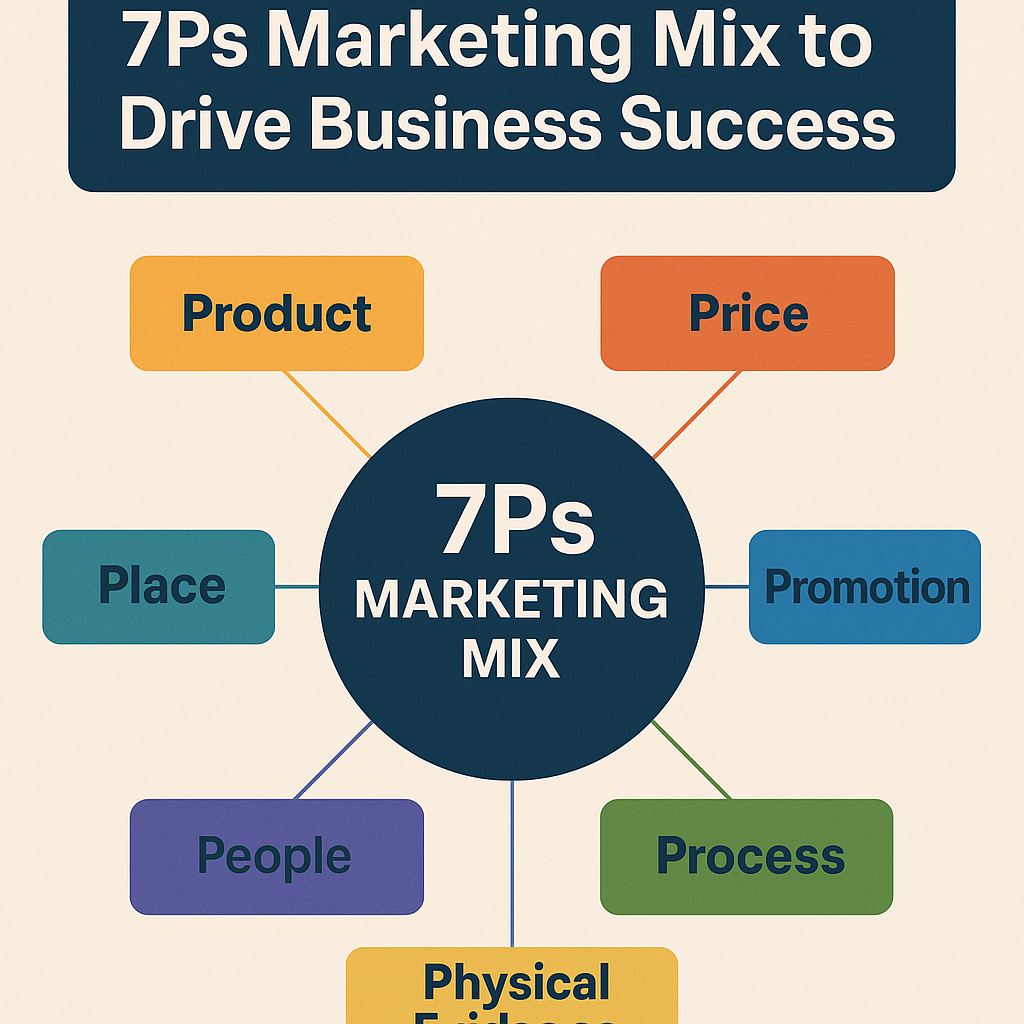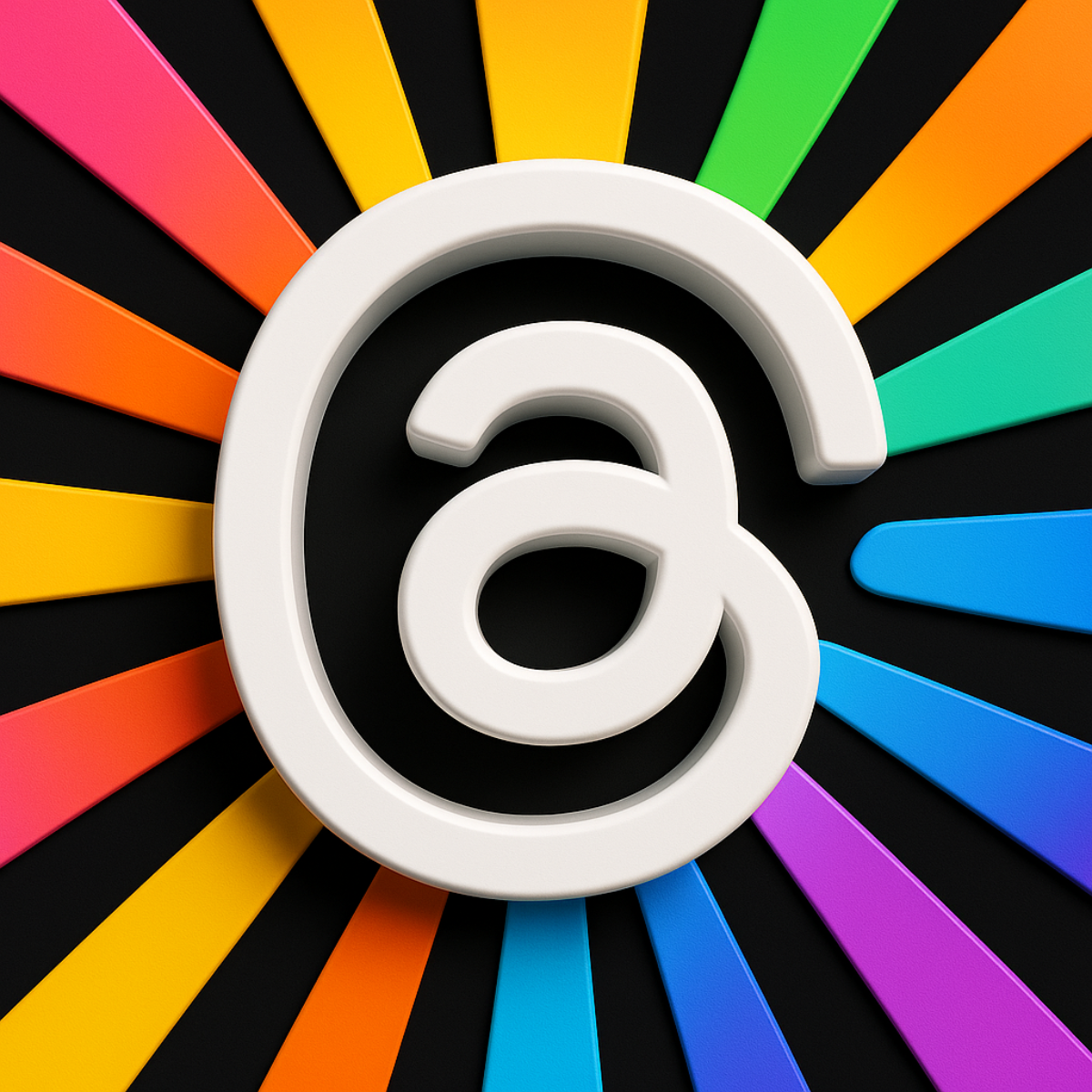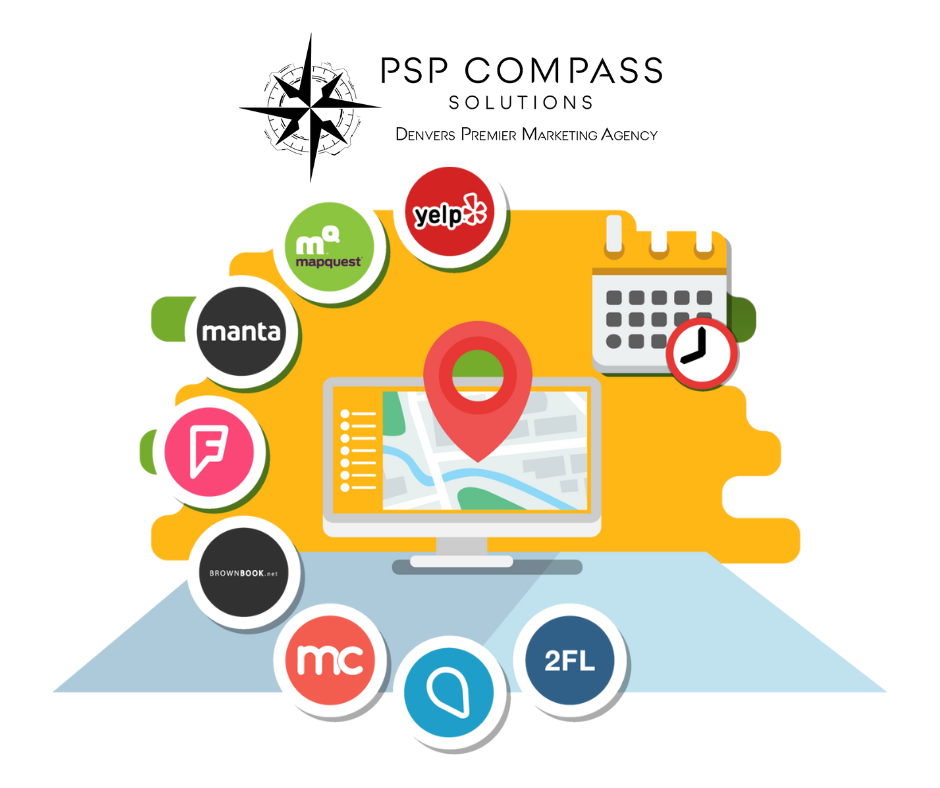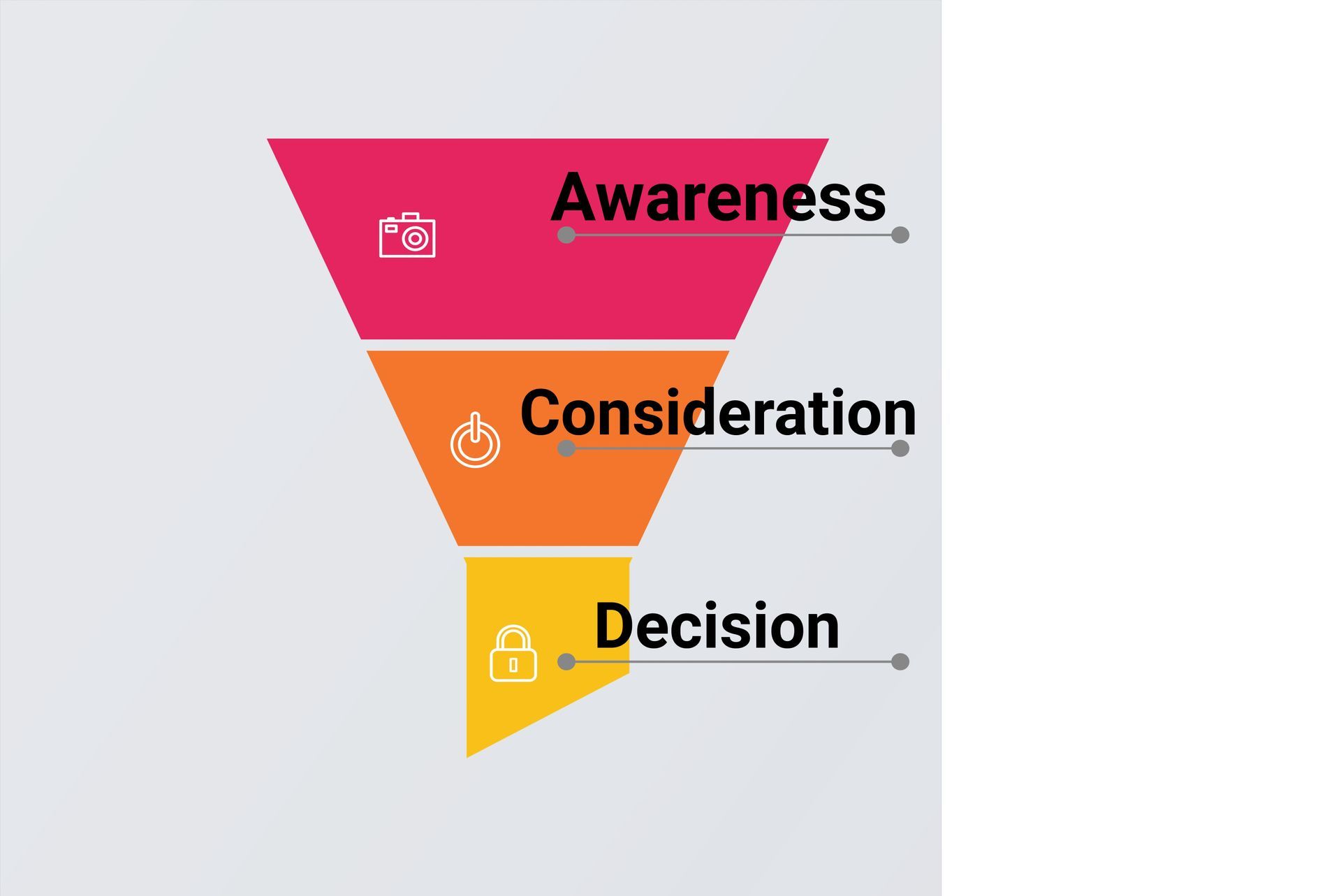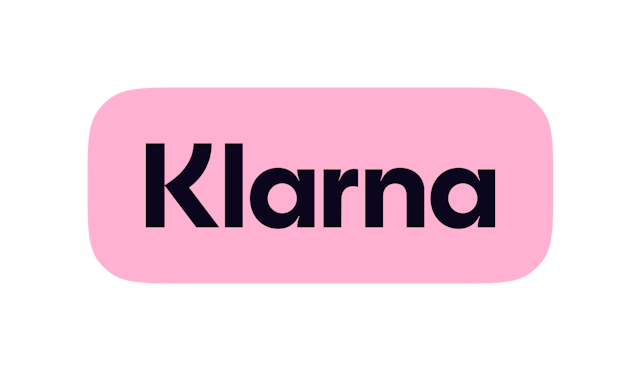In today's competitive e-commerce landscape, understanding your audience's preferences through A/B testing isn't just a strategy—it's essential for survival and growth. Here’s how any business can leverage A/B testing to refine strategies, enhance user experience, and increase conversion rates:
Essential Elements to Test for Improved Engagement
- Homepage Design: First impressions matter. Experiment with different element arrangements to see which layout engages visitors most effectively.
Example: If you run an online clothing store, try two different homepage layouts-one featuring your best-selling items prominently and another highlighting seasonal sales. Track which layout leads to higher engagement and sales over a specified period.
- Product Descriptions: Words trigger actions. Test varying lengths and styles to identify what best drives purchases.
Example: For a tech gadget store, create two versions of a product description for a new smartwatch: one with technical specs and features, and another focusing on lifestyle benefits. See which description leads to more conversions.
- Navigation Simplicity: Ease of use can significantly affect user satisfaction. Determine whether a streamlined or detailed menu facilitates better user navigation.
Example: An online bookstore could test a simplified navigation menu (Categories, Best Sellers, New Arrivals) against a more comprehensive one that includes sub-categories and recommendations. Analyze user navigation paths and purchase rates to determine the more effective format.
- Visual Impact: Do images or videos result in higher engagement on product pages? Testing these elements can pinpoint what captures attention and drives sales.
Example: On a furniture e-commerce site, alternate between high-resolution images and 360-degree videos for a new sofa collection. Evaluate which media type keeps users on the page longer and leads to more inquiries or purchases.
- Pricing Models: Small adjustments in how prices are presented can significantly impact buyer behavior. It’s crucial to find the most attractive format for your audience.
Example: For a subscription service, test two different pricing displays: a monthly fee versus an annual fee paid upfront with a discount. This can help determine which pricing strategy better attracts long-term subscribers.
- Calls-to-Action: The right CTA can make a big difference. Test colors, wording, and placement to discover the most effective combinations.
Example: A fitness equipment store might experiment with CTA buttons by testing different colors and phrases. For instance, "Buy Now" in red versus "Get Yours Today" in blue. Measure click-through rates to identify the more compelling call-to-action.
Optimizing the Path to Purchase
- Checkout Process Efficiency: Simplify the buying process. A/B testing can reveal whether a single-step or multi-step checkout is more effective at converting sales.
Example: Compare a single-step checkout process on your gourmet food delivery site against a multi-step process. Track abandonment rates and customer feedback to decide which process facilitates a smoother purchase experience.
- Email Marketing Effectiveness: Optimize your email campaigns by testing different subject lines and visuals to maximize open rates and engagement.
Example: For a holiday campaign, send out two different email headers—one with a festive graphic and another with a personalized greeting based on past purchases. Monitor which version leads to higher open rates and engagement.
By systematically applying A/B testing, businesses can make informed decisions that enhance site performance and customer interaction. Such insights optimize the user experience and drive substantial improvements in business outcomes.
Share this Blog Post on Social Media
